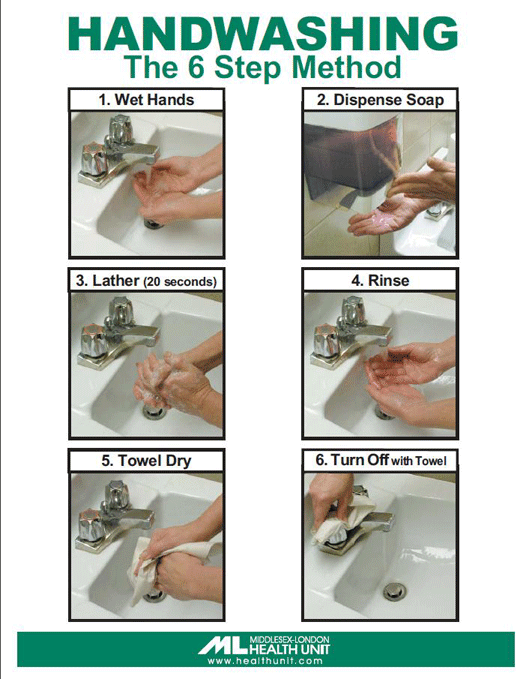For More Information
Please contact your healthcare provider, local pharamacy or walk-in clinic.
Please contact your healthcare provider, local pharamacy or walk-in clinic.
The infection begins with small blisters that can burst leaving wet patches. These blisters can also leak fluid. In a few days a dark yellow crust will form over the area. Larger blisters can also occur. Blisters can appear anywhere on the body. The most common areas are around the nose and mouth.
Impetigo is spread through contact with the fluid and crusts of the blisters. The fluid and crusts of the blisters contain bacteria that can infect other people.
If you suspect Impetigo see a doctor right away. The doctor can make a diagnosis by looking at the blisters.
Antibiotics are prescribed to treat Impetigo and are given by mouth or a cream. It is important that this medication be used exactly as the doctor instructs.
Children may return to school or child care when they are no longer contagious. A person infected with impetigo infection is contagious until 24-48 hours of antibiotic treatment has been completed. If antibiotics are not given, the person is contagious until the blisters go away.
There is no vaccine or medication that prevents Impetigo. You can lower the chance of getting sick by doing the following:
 The 6 Step Method of Handwashing (PDF 96KB)
The 6 Step Method of Handwashing (PDF 96KB)